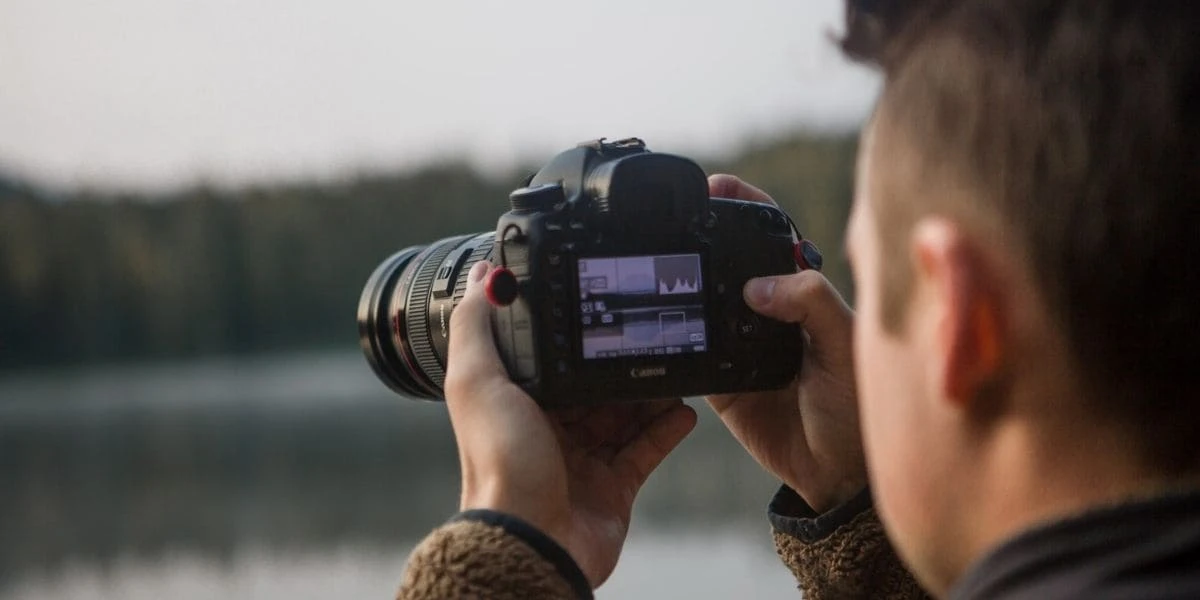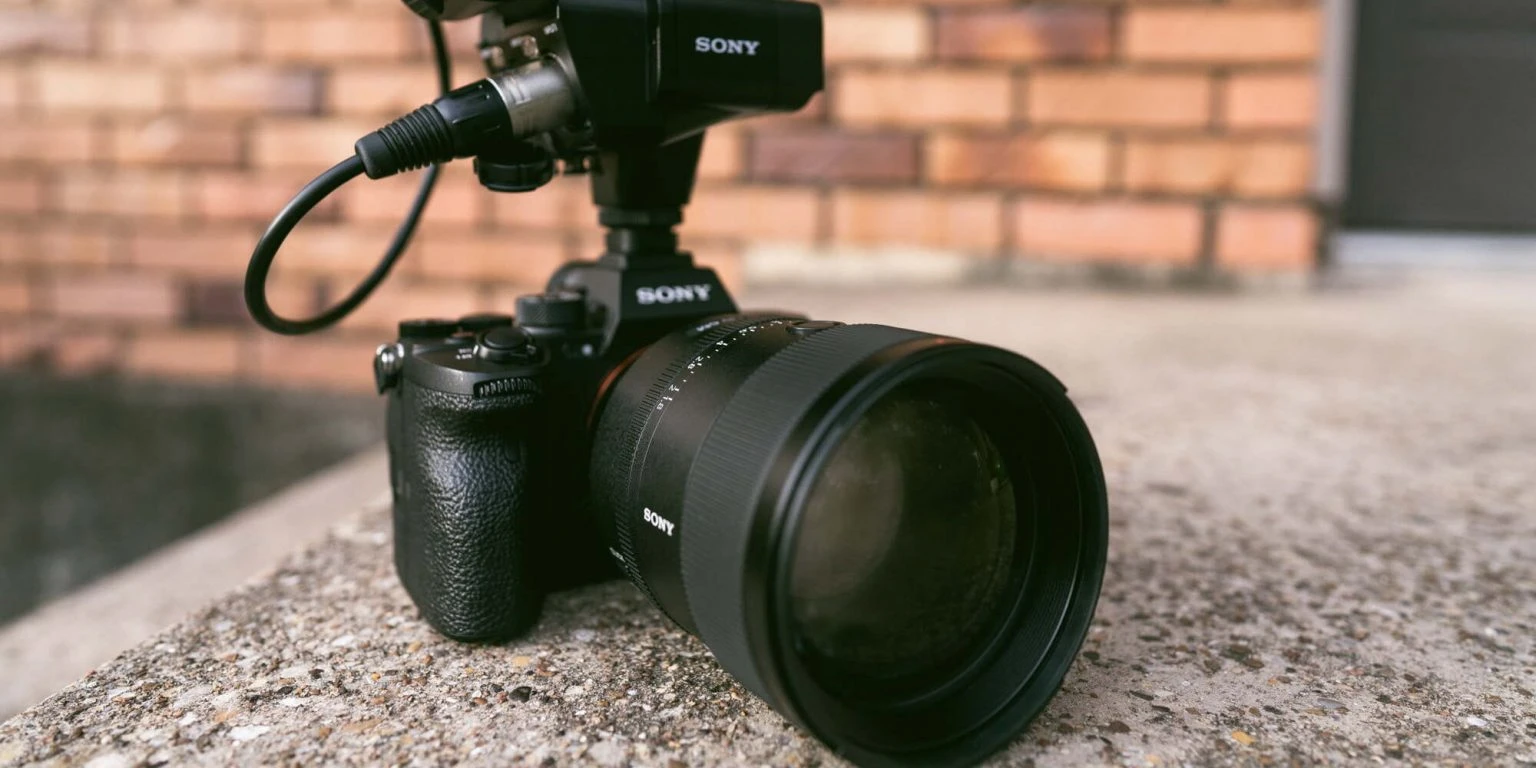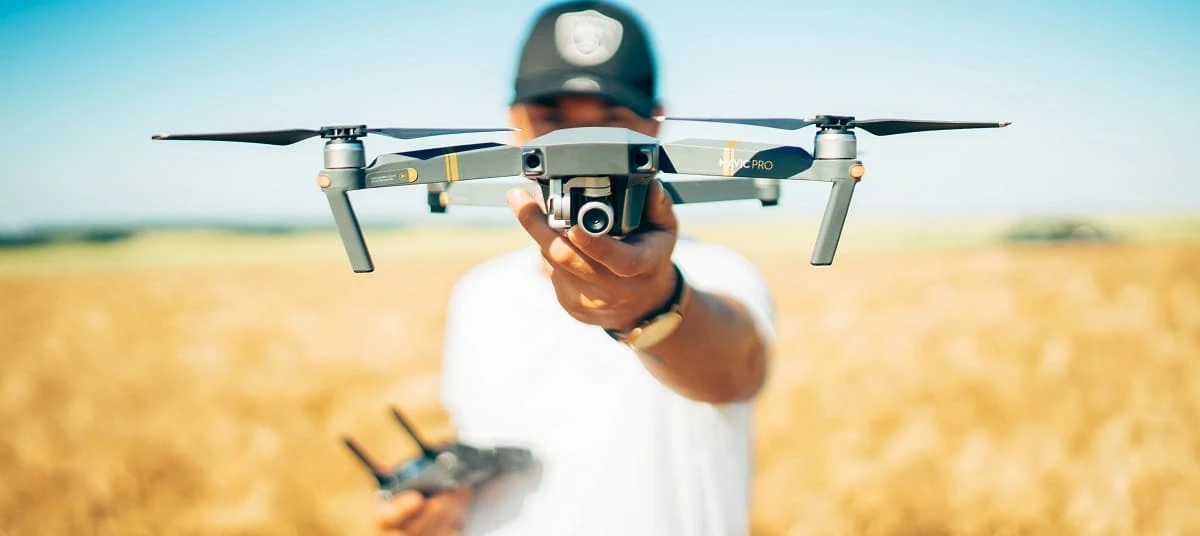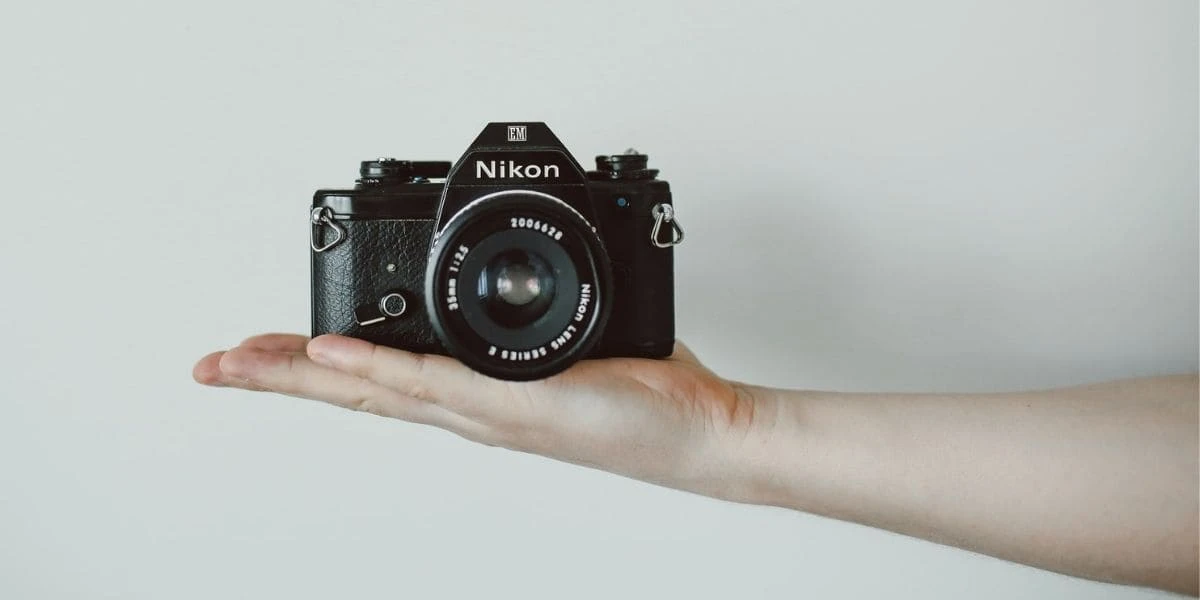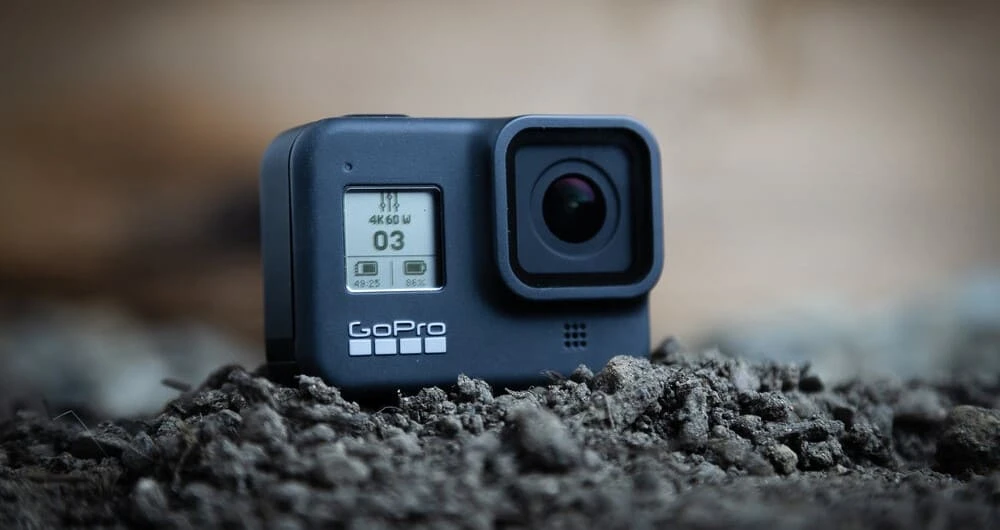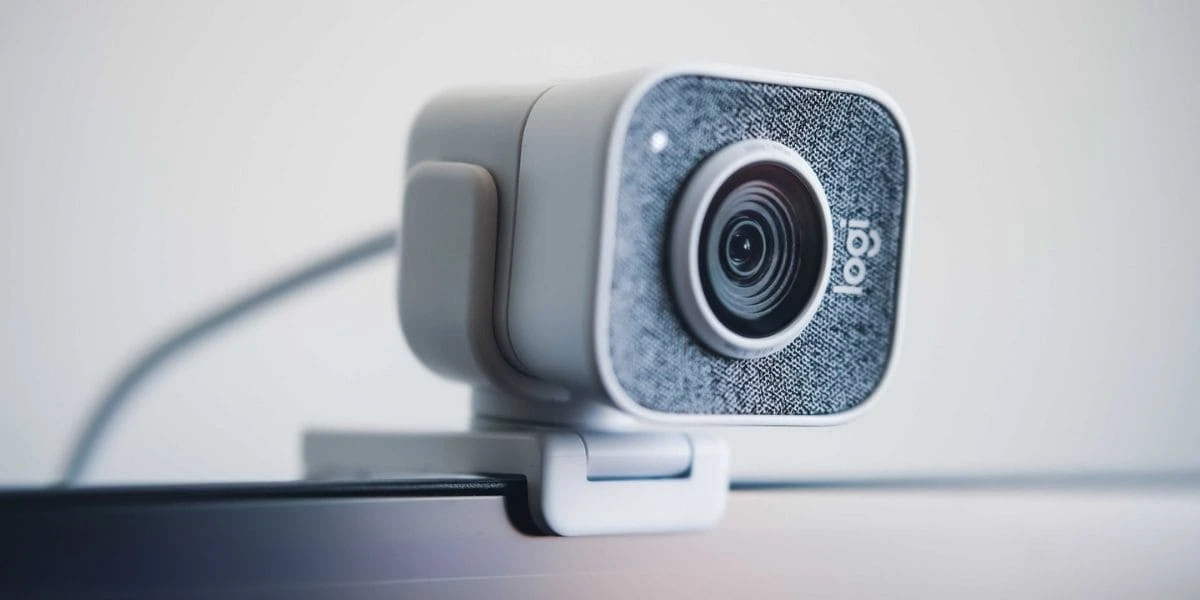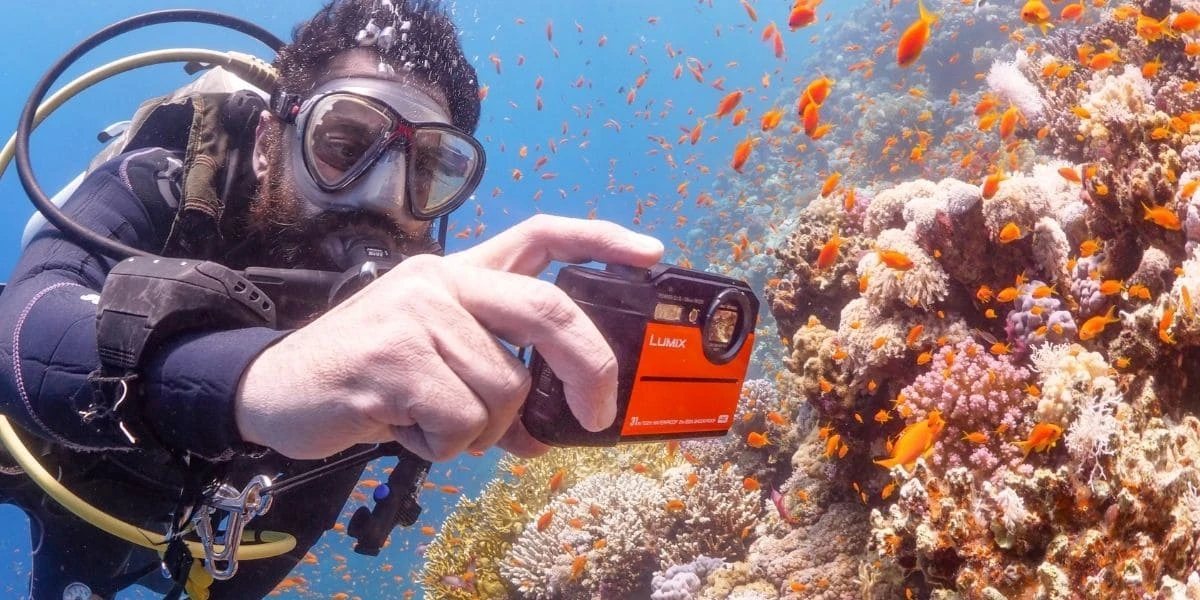DIFFERENT TYPES OF CAMERAS FOR PHOTOGRAPHY & VIDEOGRAPHY 2023
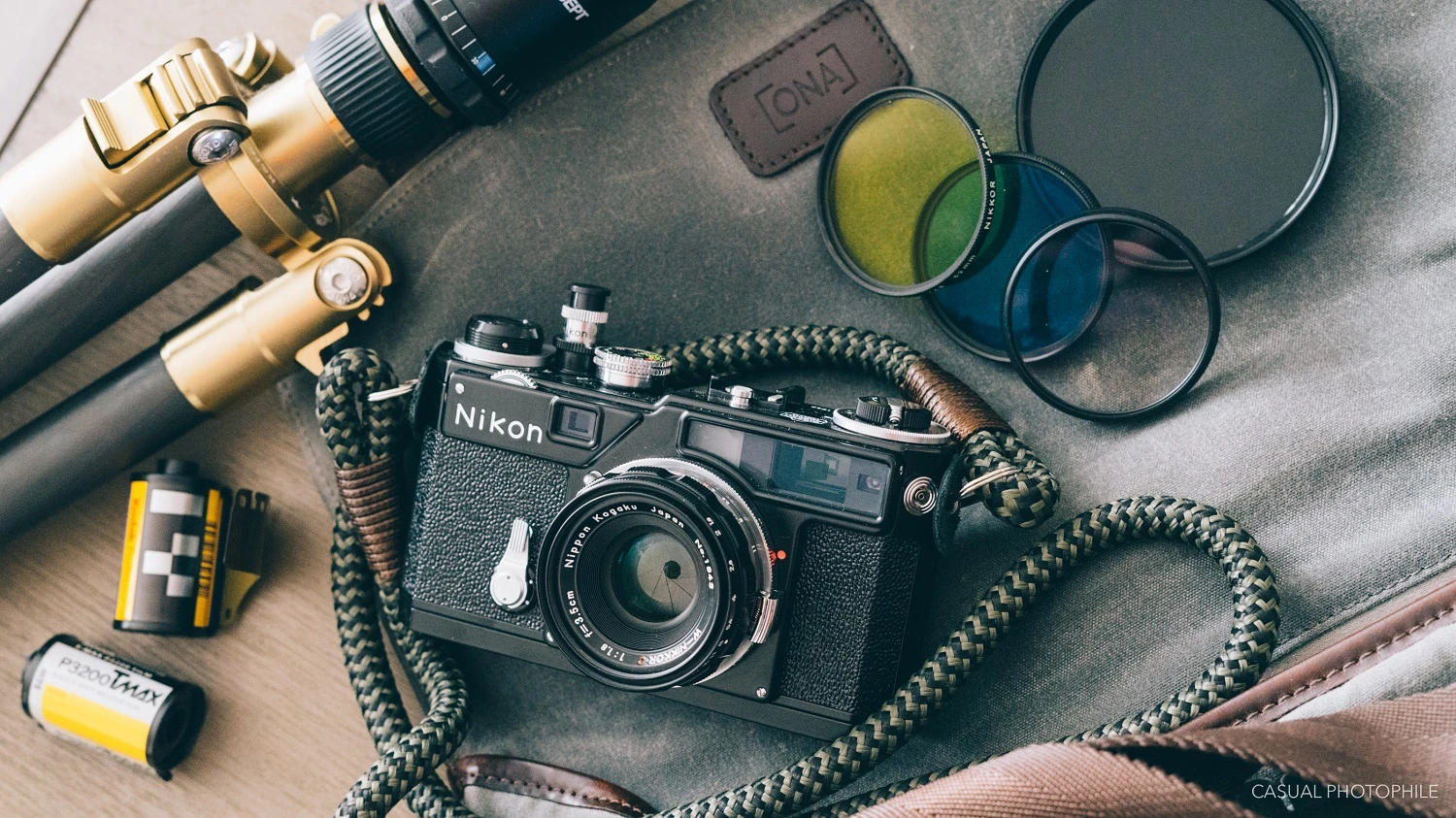
Image Credits: canva
An old saying is that an image is enough to express more than 1000 words. A picture can manifest more than 1000 meanings and interpretations. If you have a good quality camera, then no place is boring. You can enliven even the blandest landscape with your unique photography skills and a quality camera.
You can capture emotions, wildlife, skyscrapers, skylines, and heavenly activities. You can capture the most joyful moment of your life to make it memorable. Just one click can get you millions of dollars. Also, one-click can completely change your life.
Furthermore, a single click can shoot you to fame. One click can become the talk of the town. A single click can become a headline and make you a worldwide phenomenon. And finally, one shot can convey more than 1000 words. However, in this article, we will highlight some prominent photography gadgets. If you are a photographer or tech-savvy, this article can be a great help for you to know different types of cameras that we have in 2023.
Mirrorless Camera
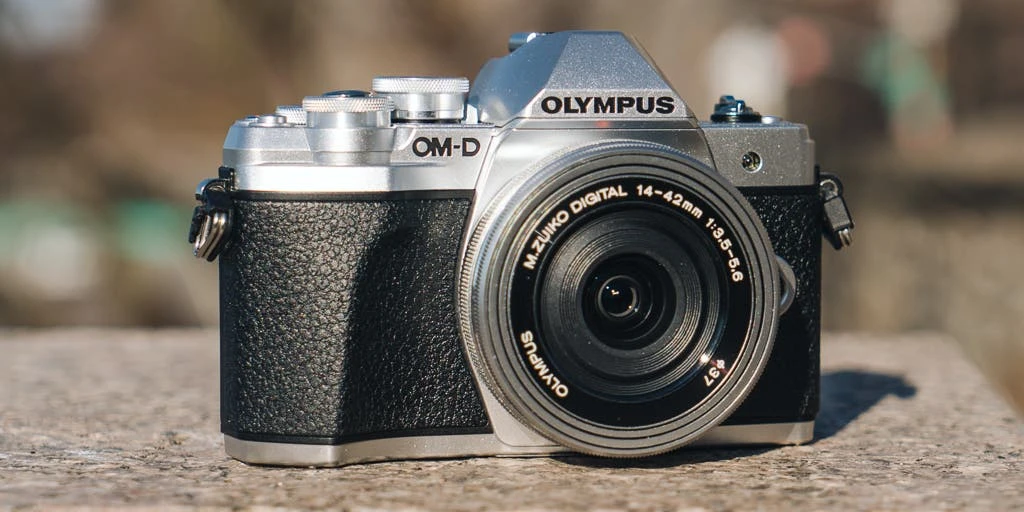
Image Credits: thegadgetflow
A mirrorless camera is a kind of compact and lightweight camera system that employs interchangeable lenses. Instead of a movable mirror, it uses a digital imaging sensor. As a result, the camera does not contain a reflex mirror or optical viewfinder (mirror mechanism) like a digital single-lens reflex (DSLR) camera.
The absence of a reflex mirror or optical viewfinder makes it compact and lightweight. Mirrorless cameras are relatively noiseless and mechanically simple versions of a camera. Its small size and lightweight features make it perfect for traveling.
Pros & Cons:
Pros:
Cons:
Video Cameras
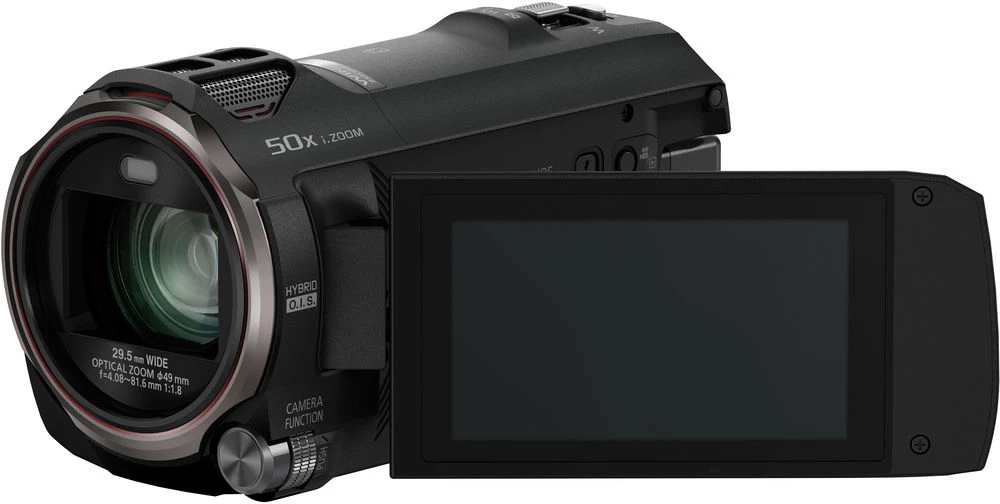
Image Credits: thegadgetflow
The video camera is a type of camera designed to capture moving images and convert them into electronic signals. Further, these electronic signals get saved on storage devices like videotapes and hard drives and viewed on display panels.
The significant difference between a camcorder and a video camera is shooting. Camcorders have fixed zoom lenses and small sensors. Unfortunately, small sensors don’t allow them to shoot in low visibility. On the other hand, video cameras sport bigger sensors and lenses that offer the shooters the ability to capture more light in low visibility conditions.
Pros & Cons:
Pros:
Cons:
Drone Camera
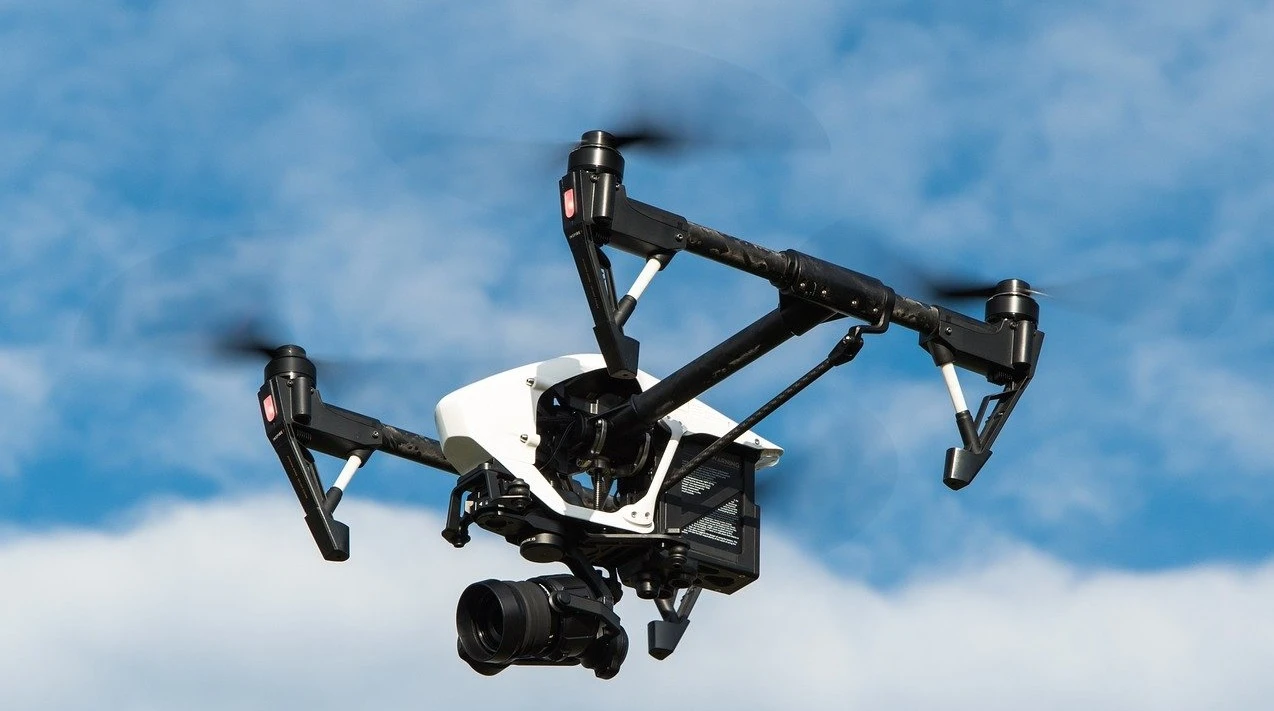
Image Credits: thegadgetflow
The drone is a very new and latest type of camera which is an unmanned aerial vehicle (UAV). In addition, it is a relative newcomer to the photography industry. Moreover, the drone camera performs several tasks. These tasks include taking aerial photographs and videos. It also serves the purpose of carrying payloads. It employs a small camera for recording videos.
However, this remotely controlled device is not just a photography gadget. Drone cameras have gained popularity for carrying out military operations and surveillance. Outfitted with integrated software and GPS information, they can fly at a certain height. Owing to its birds’ eye view feature, it is making waves in filmmaking techniques these days.
Pros & Cons:
Pros:
Cons:
DSLR Cameras
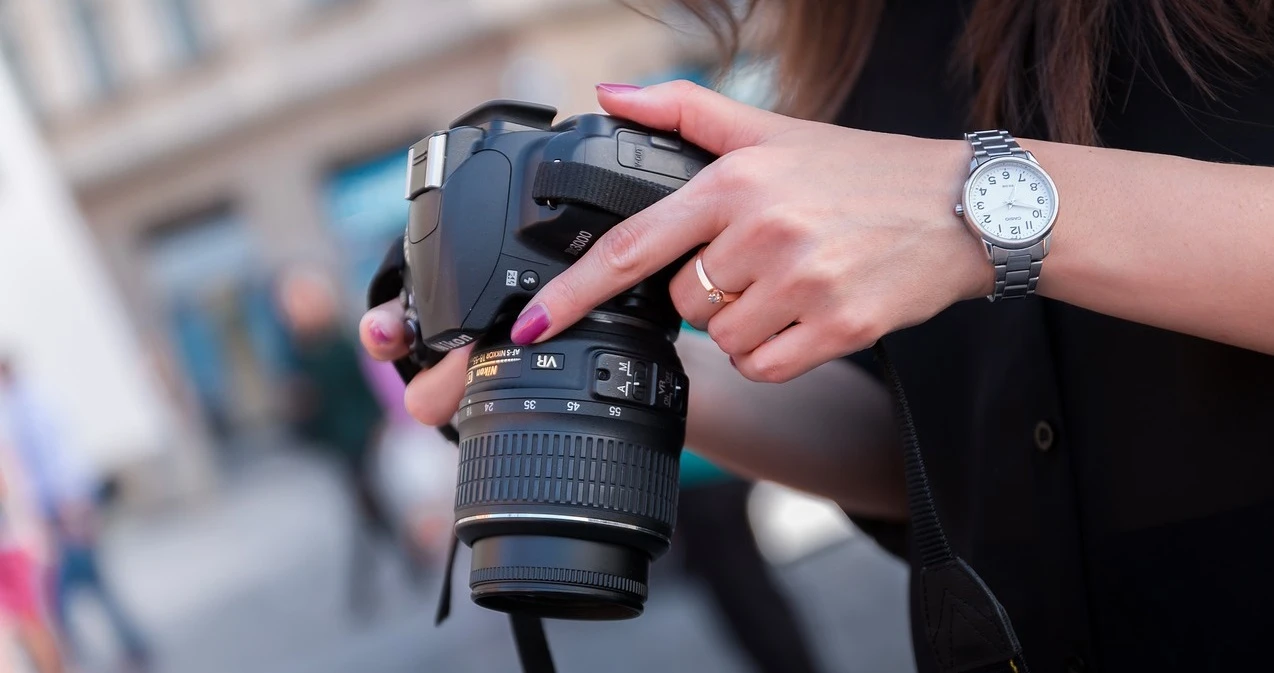
Image Credits: thegadgetflow
A DSLR camera combines optics and single-lens reflex camera mechanisms with a digital imaging sensor. Additionally, it is a digital single-lens reflex type camera that allows interchangeable lenses on the same camera body.
On top of all, the interchangeable lenses feature will enable you to use different lenses on your camera body. In addition, HD video recording, higher resolution, and various camera modes make it an ideal choice for photographers. It is one of the best cameras for photography.
Pros & Cons:
Pros:
Cons:
Underwater Camera
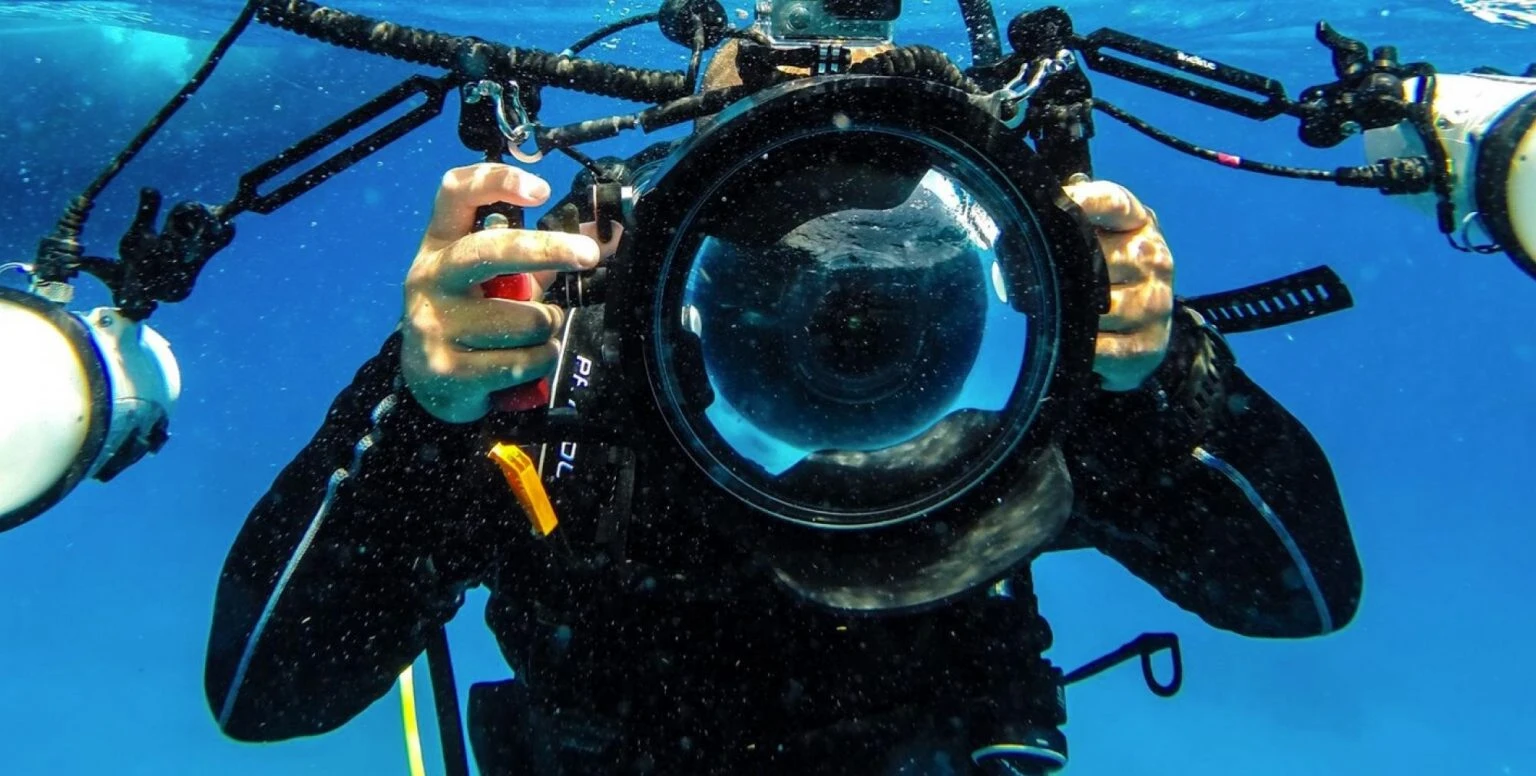
Image Credits: thegadgetflow
With the growing popularity of underwater photography and sea landscape viewing, the underwater camera is a trending tech gadget. Underwater cameras can efficiently click photos and record videos underwater. You can click pictures using remotely operated vehicles, and clicking photographs while swimming and snorkeling is another excellent feature for the best cameras for underwater photography.
Having fun with underwater scenery and clicking photos amid downpours are remarkable privileges. Thus an underwater camera is a perfect resource for sea level photography. Underwater cameras can withstand extreme adventures thanks to their rugged build and top-quality waterproof characteristics.
Pros & Cons:
Pros:
Cons:
GoPro Camera
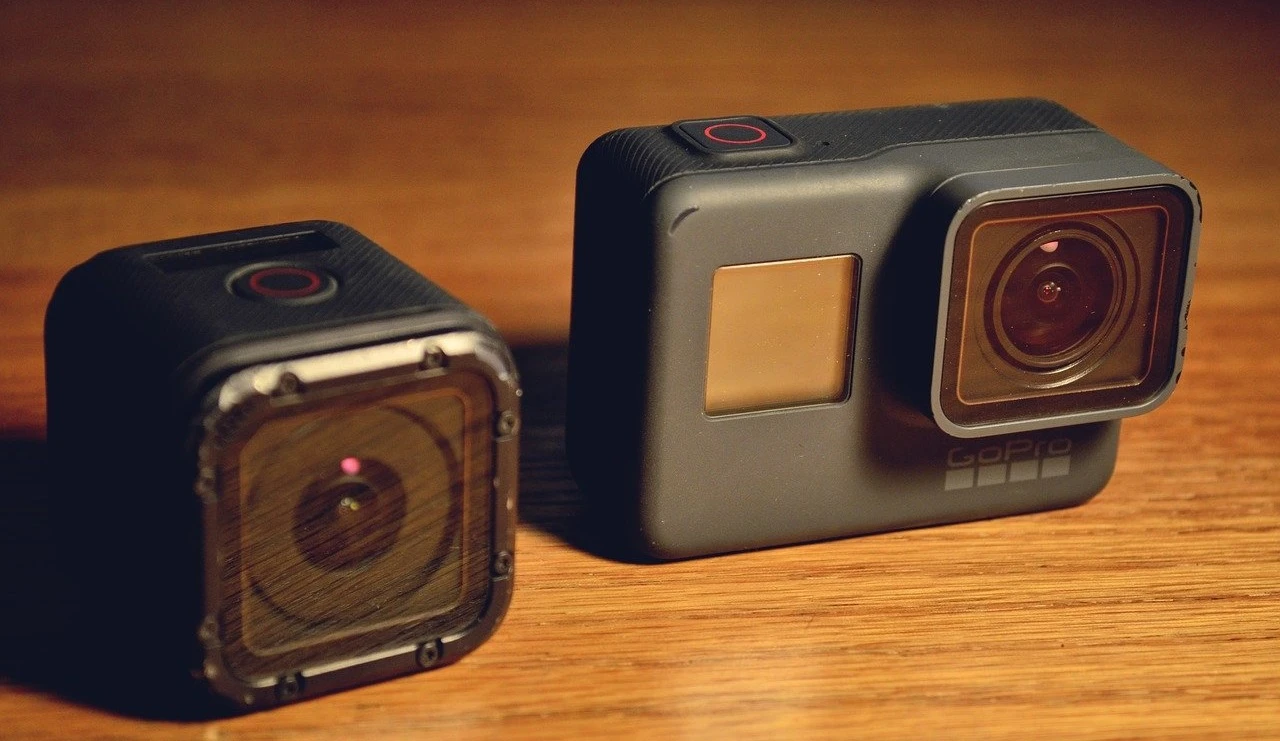
Image Credits: thegadgetflow
GoPro series is a renowned camera brand known for its versatile performance. This top-tier advanced camera unboxes a wide range of features. Due to its impressive handlebar and compact size, it is an ideal resource for vlogging. Bikers can easily mount it on their helmets and carry out vlogging on the go. Some of the commanding features include expansive view, multiple options for vlogging, and filmmaking.
In addition, the LiveBurst feature allows you to record the moments 1.5 seconds before and after your shot; it enables you to choose the best single frame for the perfect photo. Moreover, an additional feature includes a smash-resistant LCD touch screen with an enhanced mic adapter to add audio to pick up bird songs. The WiFi feature, enhanced stabilization, 1080p live streaming, Bluetooth, TimeWarp, and mobile app add more feathers to its cap. This is one of the best cameras used for vlogging and clear photos.
Pros & Cons:
Pros:
Cons:
Webcams
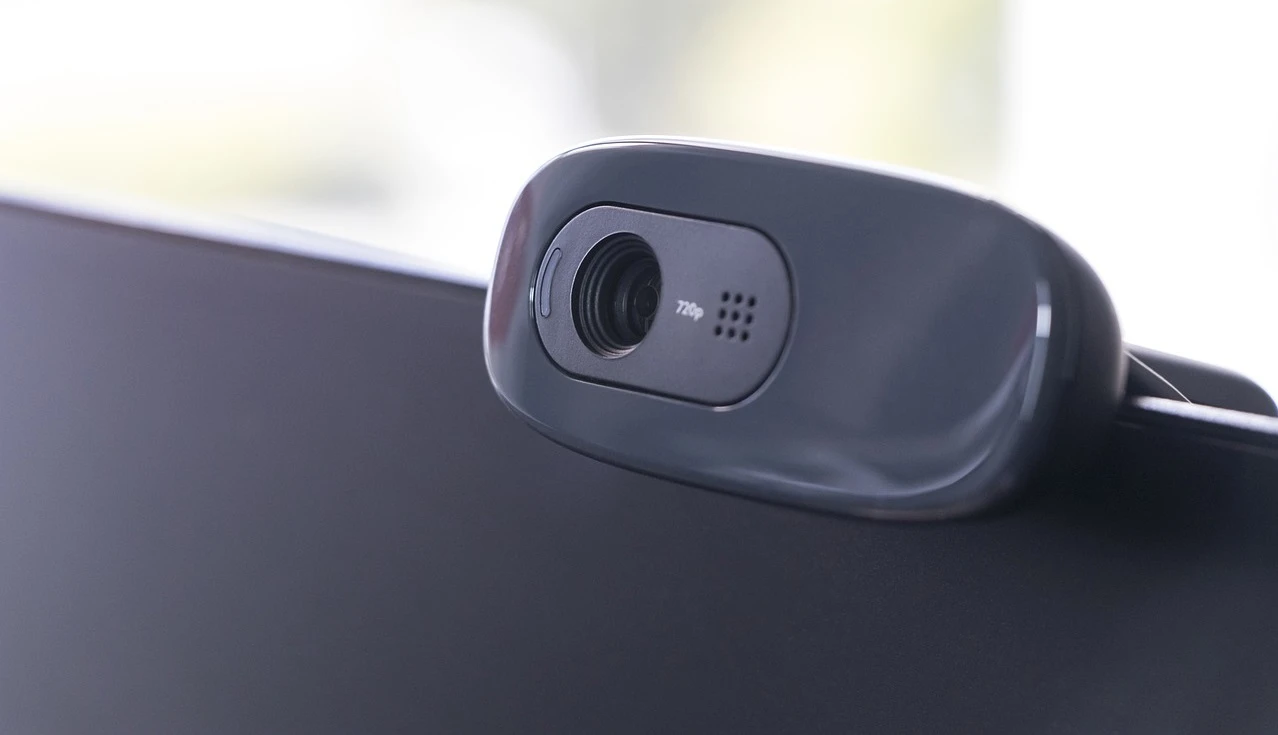
Image Credits: thegadgetflow
A webcam is a type of digital camera that allows you to capture either motion videos or still pictures. It is connected to a computer and can stream live videos in real-time. However, it comes as a stand-alone and in-built device as well. It uses a computer network or internet connection to stream or feed images or videos in real-time. Today, most laptops come equipped with webcams at their top. But to get more clear video this is the best camera people use for video calls and live streaming.
Pros & Cons:
Pros:
Cons:
Point & Shoot cameras
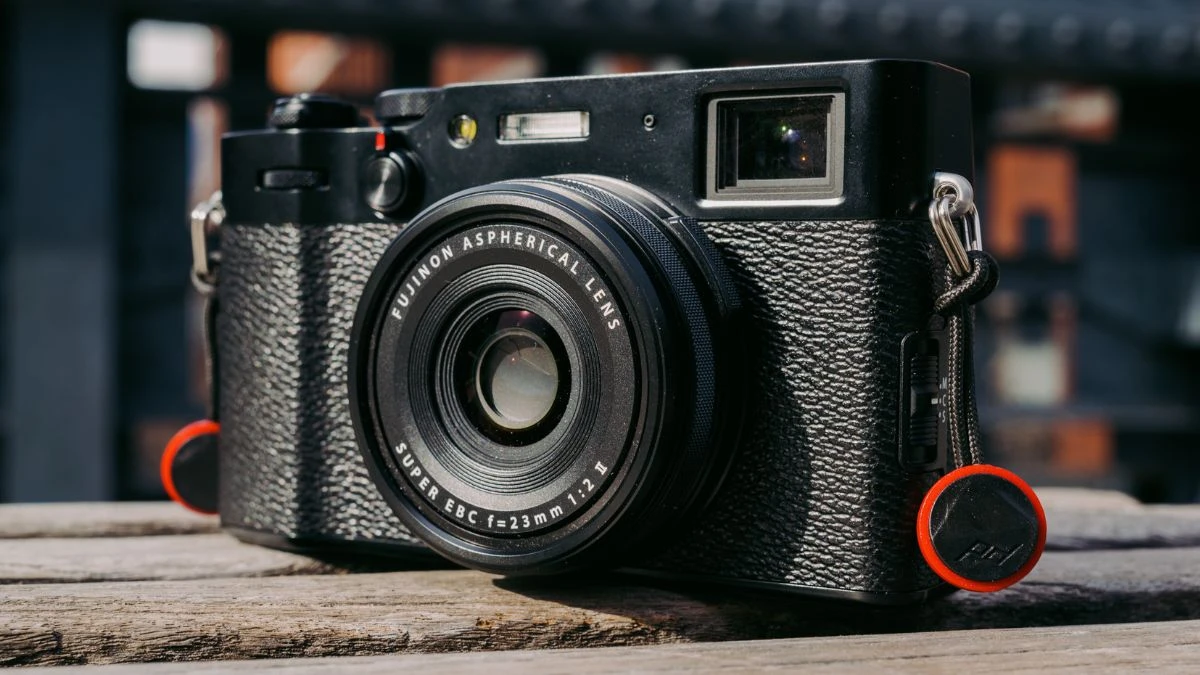
Image Credits: thegadgetflow
Compact cameras, also known as point and shoot cameras, are suitable for those who want to take pictures while on vacation or capture family memories, without having a deep interest in photography. They have a fixed lens with variable focal length, so you won’t have the telephoto capabilities of other cameras. This makes them ideal for documentation purposes.
Images captured with Point and Shoot cameras are saved in JPEG format. These cameras typically use AA batteries, with only a few models using custom batteries. Compared to other camera types, Point and Shoot cameras are lightweight and can easily fit in a small bag, making them convenient to carry around.
Pros & Cons:
Pros:
Cons:
Bridge Cameras
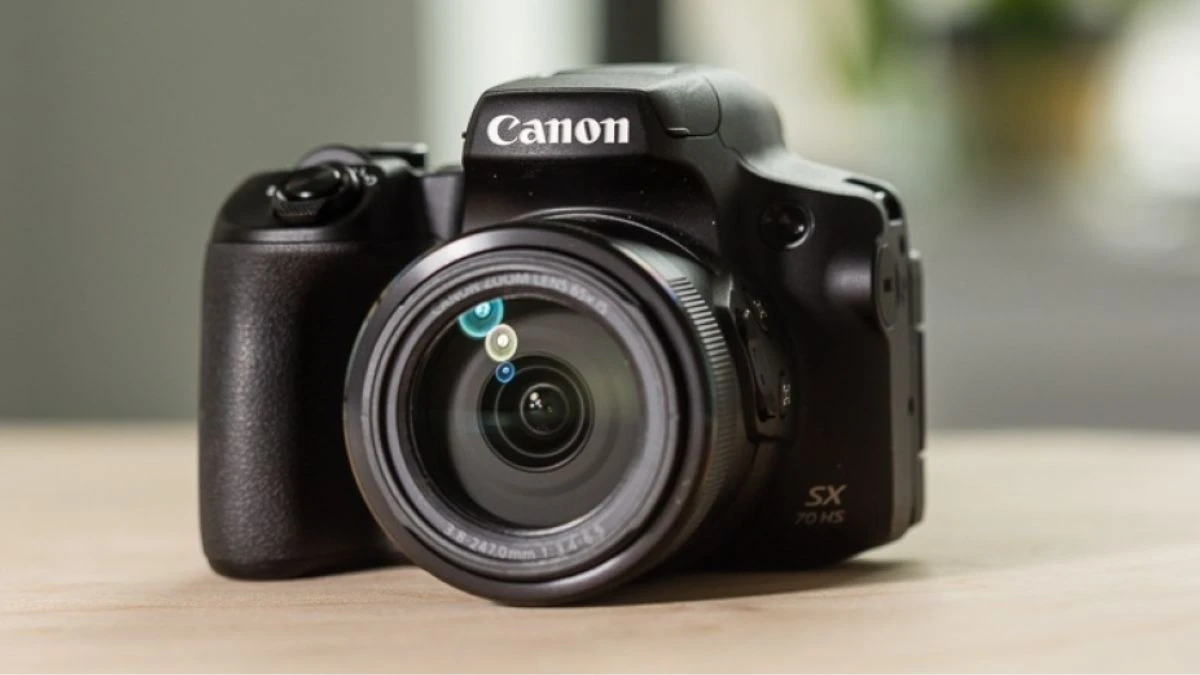
Image Credits: thegadgetflow
As its name implies, a Bridge camera falls in between a Point and Shoot camera and a DSLR camera. They have a fixed lens, and many bridge cameras cover the telephoto focal range, making them a great option for wildlife and sports photography, especially if you’re on a budget or not interested in a DSLR or mirrorless camera.
A lot of Bridge cameras also support RAW format. They’re more portable than DSLRs or mirrorless cameras. If you’re a birder who isn’t necessarily a bird photographer, investing in a bridge camera can be a good way to document your bird sightings.
Pros & Cons:
Pros:
Cons:
Instant cameras
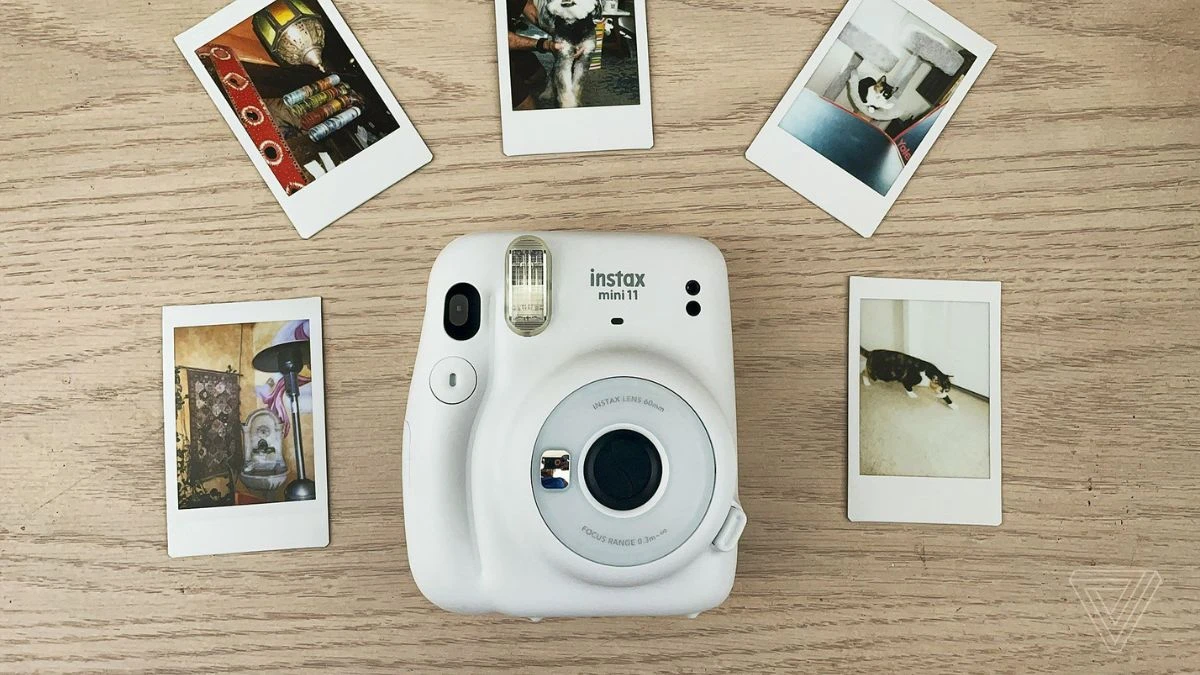
Image Credits: thegadgetflow
Instant cameras, as their name implies, are cameras that can print photos immediately after capturing them. They were first introduced to the market by the Polaroid Corporation, which is why they’re sometimes referred to as Polaroid cameras.
Earlier generations of Instant cameras used film, but these have been replaced by paper prints. Polaroid and other manufacturers, such as Kodak and Fujifilm, have produced many different models of Instant cameras.
Two popular Instant cameras on the market today are the Polaroid Now+ and the Fujifilm Instax Mini 11.
Pros & Cons:
Pros:
Cons:
Medium Format Cameras
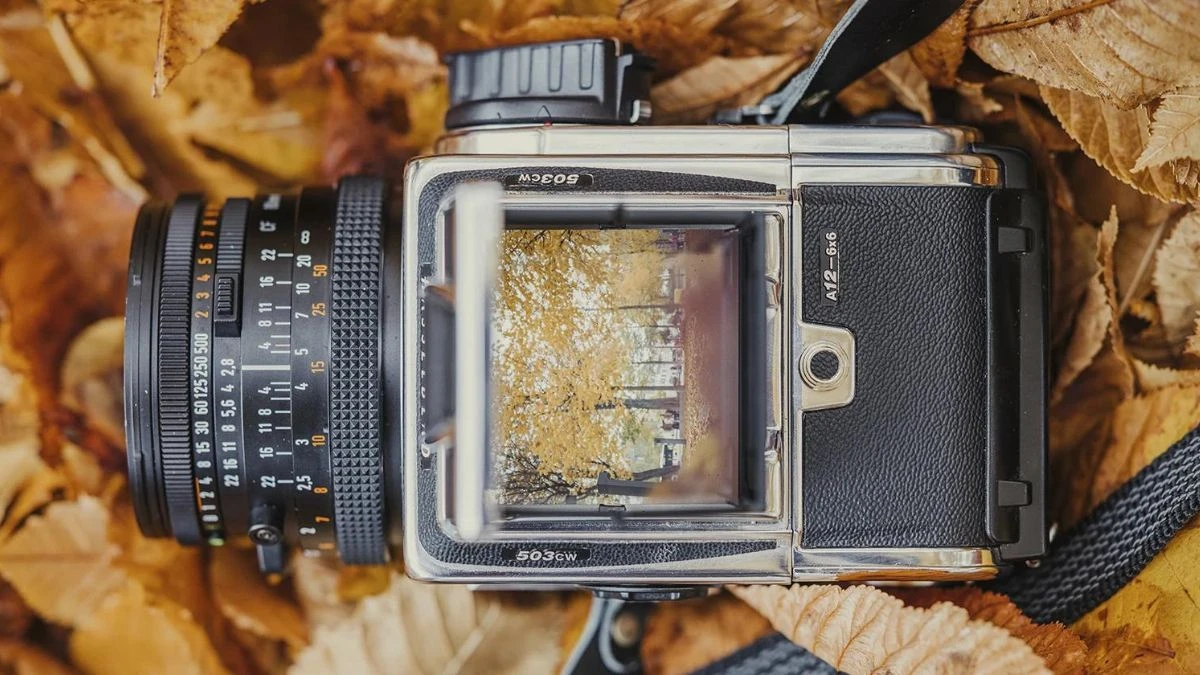
Image Credits: thegadgetflow
In the past, medium format cameras used 120mm film. However, in today’s digital age, the film has been replaced by digital camera sensors that are similar in size to the 120mm film. Some manufacturers still make medium format film cameras, which come with a larger camera sensor and a higher price tag.
In the past, medium format cameras used 120mm film. However, in today’s digital age, the film has been replaced by digital camera sensors that are similar in size to the 120mm film. Some manufacturers still make medium format film cameras, which come with a larger camera sensor and a higher price tag.
Two popular medium format cameras on the market are the Hasselblad 907X 50C and the Fujifilm GFX 100s.
Pros & Cons:
Pros:
Cons:
Rugged Cameras
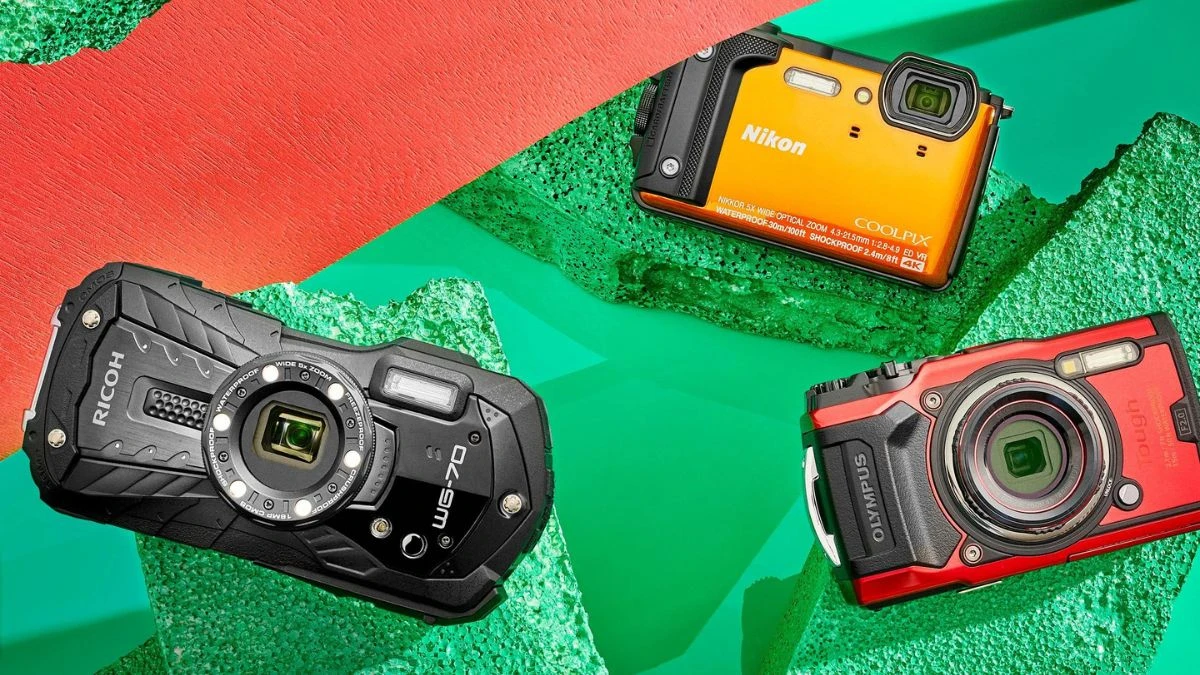
Image Credits: thegadgetflow
Rugged cameras are digital cameras that are both shockproof and waterproof. Their specifications are more or less the same as those of a point-and-shoot camera, but their build quality is different. Rugged cameras are designed to be all-weather and all-terrain cameras, making them ideal for adventurers. They can withstand drops and submersion to a certain extent, so if you’re an adventurer or explorer, this type of camera may be for you.
Some popular models of Rugged cameras include the Olympus Tough TG-6, Ricoh WG-6, and Fujifilm FinePix XP140.
Pros & Cons:
Pros:
Cons:
Smartphone cameras
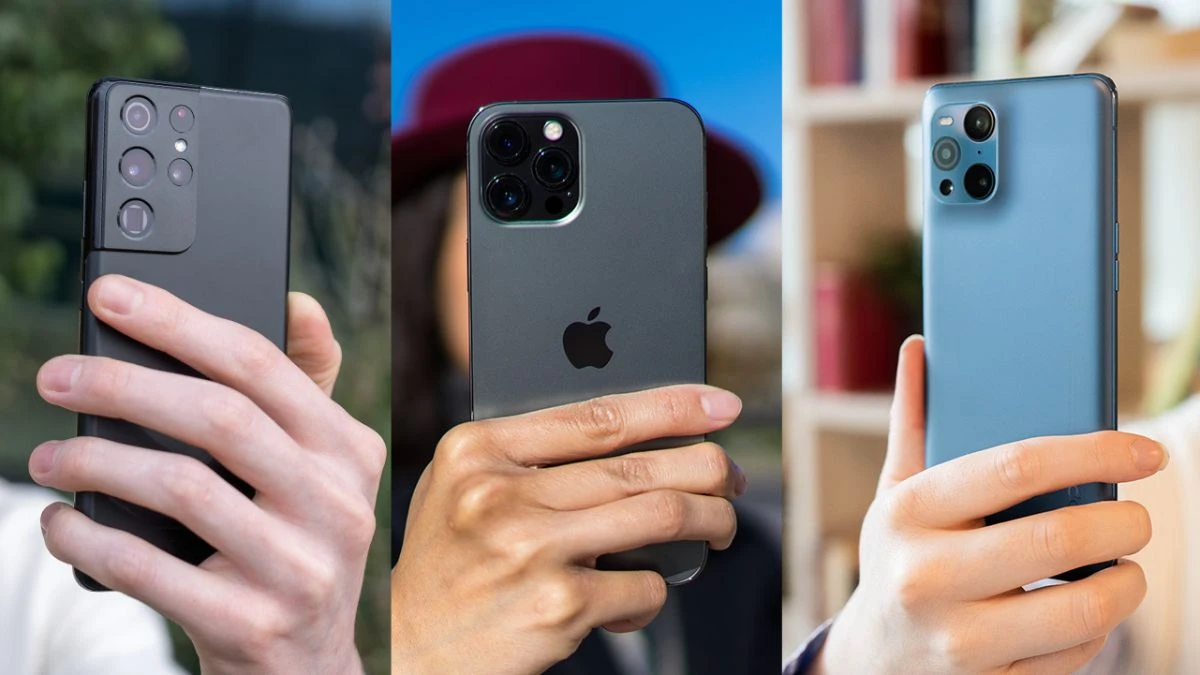
Image Credits: thegadgetflow
Currently, smartphones have come a long way in terms of camera quality. Most smartphones now come with dual cameras, one at the front for selfies, and another at the back. Some smartphones even have triple or quadruple cameras at the back, each designed for portrait shots, macro photography, telephoto shots, and wide-angle shots. With software enhancements, DSLR-like blur effects can be achieved on photos, making smartphone cameras more attractive to those who want DSLR camera features in a compact size.
The popularity of smartphones with good cameras has resulted in the decline of point-and-shoot cameras. Some smartphones even allow you to capture images in RAW format, which you can edit later. However, these RAW files do not offer the same level of detail as a DSLR or mirrorless camera. These types of cameras are best suited for people who always want to have a camera in their pocket or for those who don’t want to carry a separate camera.
Examples of smartphones with good camera features include the iPhone 13 from Apple and the Redmi Note 10 Pro from Xiaomi.
Pros & Cons:
Pros:
Cons:
What camera type is best for you?
Choosing the best type of camera can sometimes be a real headache as the market is flooded with ultra-modern photography gadgets. However, if you have found your niche in photography, you should opt for top-notch brands. For example, if you want to explore underwater scenery, you can buy underwater cameras. However, before purchasing a camera, you should look for the following features:
Image Quality
Impressive image quality is a must-have feature for a camera. It is of no use if your camera lags behind your phone camera in terms of image quality. The ergonomic feature is an added plus.
Size
Choose the camera that fits your hand size. Lightweight and compact cameras are pretty comfortable to carry around.
Budget
Undoubtedly, budget is a primary concern. However, don’t compromise on image quality and smart features if you are a photography enthusiast. A good quality image can be an immense help in carrying out your projects. Always prefer the latest model that suits your budget while buying the best cameras for yourself.
Additional Features
Some additional features include shutter speed, aperture size, shooting rate (FPS), GPS Tagging, and Wi-Fi Connectivity.
The shutter speed is the time shutter takes to open to expose the sensor to light. The clarity of motion pictures depends on the shutter speed. The more is the shutter speed, the more an object in motion will be captured.
WiFi connectivity is a must-have feature for top-tier brands. This feature has made photo sending options very easy in today’s best cameras.
Built-in GPS will geotag your photos. GPS tagging has made importing shots easy. You can comfortably import geotagged pictures into mapping software. Consequently, the images will appear on a digital map over the location where they were shot.
The shooting rate (FPS) feature allows you to capture a burst of images by holding down the shutter button. Often referred to as burst mode or continuous shooting, these modes are measured as frames per second (FPS).
Our Thoughts
Well, we have covered every type of camera used in photography & videography in great detail. I hope you have got an idea about buying the best camera for yourself. We have highlighted all types of cameras. If we have missed any, please let us know in the comments—finally, good luck with your camera.

